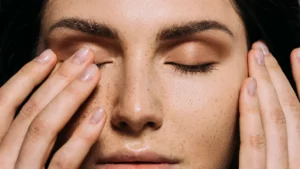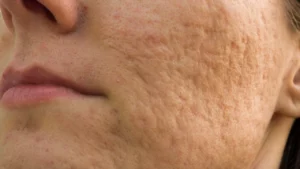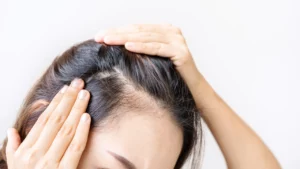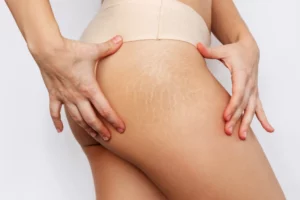Table of Contents
In the world of skincare, the pursuit of flawless and radiant skin continues to evolve with innovative treatments and techniques. One such technique that has gained significant attention is microneedling treatment, a minimally invasive procedure that promises to enhance skin texture and tone, ultimately leading to the coveted “glass skin” effect. glass skin refers to a complexion that is incredibly smooth, clear, and reflective, resembling the surface of glass. This article delves into the science behind microneedling, its potential benefits for achieving glass skin, and important considerations for those considering this procedure.
Understanding microneedling treatment:
Microneedling treatment, also known as collagen induction therapy, involves the use of a specialized device that creates tiny, controlled injuries on the skin’s surface. These micro-injuries stimulate the body’s natural wound-healing process and collagen and elastin production– essential proteins responsible for maintaining skin’s firmness and elasticity. The procedure is performed by a dermatologist or licensed aesthetician, and it typically requires multiple sessions for optimal results.
Benefits for Glass Skin:
- Improved Skin Texture: Microneedling treatment can help refine the skin’s texture by reducing the appearance of fine lines, wrinkles, and acne scars. The controlled micro-injuries promote cell turnover and collagen production, leading to smoother and more even skin.
- Enhanced Skin Tone: Uneven skin tone, pigmentation issues, and sun damage can contribute to a lackluster complexion. Microneedling treatment can stimulate the skin to produce melanin evenly, potentially leading to a more uniform skin tone.
- Reduced Pore Size: Enlarged pores can be a common concern, especially for those aiming to achieve glass skin. Microneedling treatment can help minimize pore size by promoting the formation of new collagen around the pores, making them appear smaller and less noticeable.
- Increased Product Absorption: The micro-channels created during microneedling treatment allows skincare products to sink deeper into the skin, maximizing their effectiveness. This is particularly beneficial for achieving the glass skin effect as it ensures that hydrating and nourishing products reach the deeper layers of the skin.
Considerations and Aftercare:
While microneedling treatment holds promise for enhancing texture and tone, individuals considering the procedure should be aware of a few important factors:
Professional Expertise: Microneedling treatment should be performed by a qualified and experienced professional to ensure safety and optimal results.
Downtime: Mild redness and swelling are common post-treatment effects that usually subside within a few days. Strict adherence to aftercare instructions, including avoiding direct sunlight and using gentle skincare products, is crucial during the healing process.
Treatment Frequency: Achieving glass skin may require multiple microneedling treatment sessions spaced several weeks apart. Consistency and patience are key to seeing gradual improvements.
Microneedling treatment has emerged as a promising option for individuals seeking to achieve glass skin by enhancing skin texture and tone. By stimulating collagen production, reducing imperfections, and improving product absorption, this minimally invasive procedure offers the potential for a smoother, more radiant complexion. As with any cosmetic procedure, consulting with a qualified skincare professional is essential to determine if microneedling treatment is suitable for your skin goals and to receive personalized guidance throughout the process.







